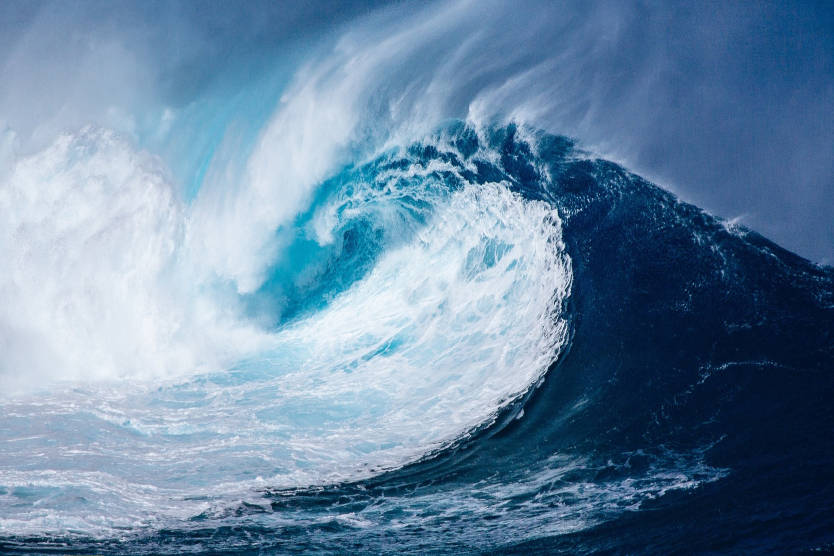
A totally new kind of wave plant is being developed by the Kiel University of Applied Sciences that hopes to open up the market.
© Pixabay
The potential of wave power for generating electricity remains largely unexploited in Germany; mainly because the energy potential of the North Sea and Baltic Sea itself is low compared to other regions. However, a totally new kind of wave plant is being developed by the Kiel University of Applied Sciences that hopes to open up the market.
The university’s professor Christian Keindorf explains how the hydrodynamics work in a press release: "If you go into the sea with a floating tyre and waves come, the floating tyre moves up and down. In principle, our plant works in a very similar way. A floating body is moved up and down, and we use the kinetic energy to cause a relative movement between the floating body and a rod buoy. The rod buoy contains a linear generator that is moved by the up and down movement of the waves through a magnetic field and thus generates electrical energy.”
The new concept has a number of ecological advantages over fixed wave power units that are anchored to the seabed with concrete piles, says Keindorf: “The footprint on the seabed is minimal, there is no surface sealing. In addition, the operation of the wave power plant on the water surface will have hardly any disturbing effects on the marine fauna and flora. On the contrary, we even expect that some birds will use the wave power plant as a short resting place. There are no rotating components outside, so no major noise emissions are expected." The system is also made from mainly recycled material and uses recyclable magnets.
The technology is still in the lab phase, however. The model must be scaled up and made resilient for offshore use before a prototype is launched. Then the plan is to anchor it off the FINO 3 research platform, near Sylt, in the North Sea. If the pilot proves successful, the Kiel team hope their buoyancy plants could soon be used for supplying power to natural and artificial islands or offshore aqua farms. Beyond that, there may be a case for transporting the power to the mainland.


